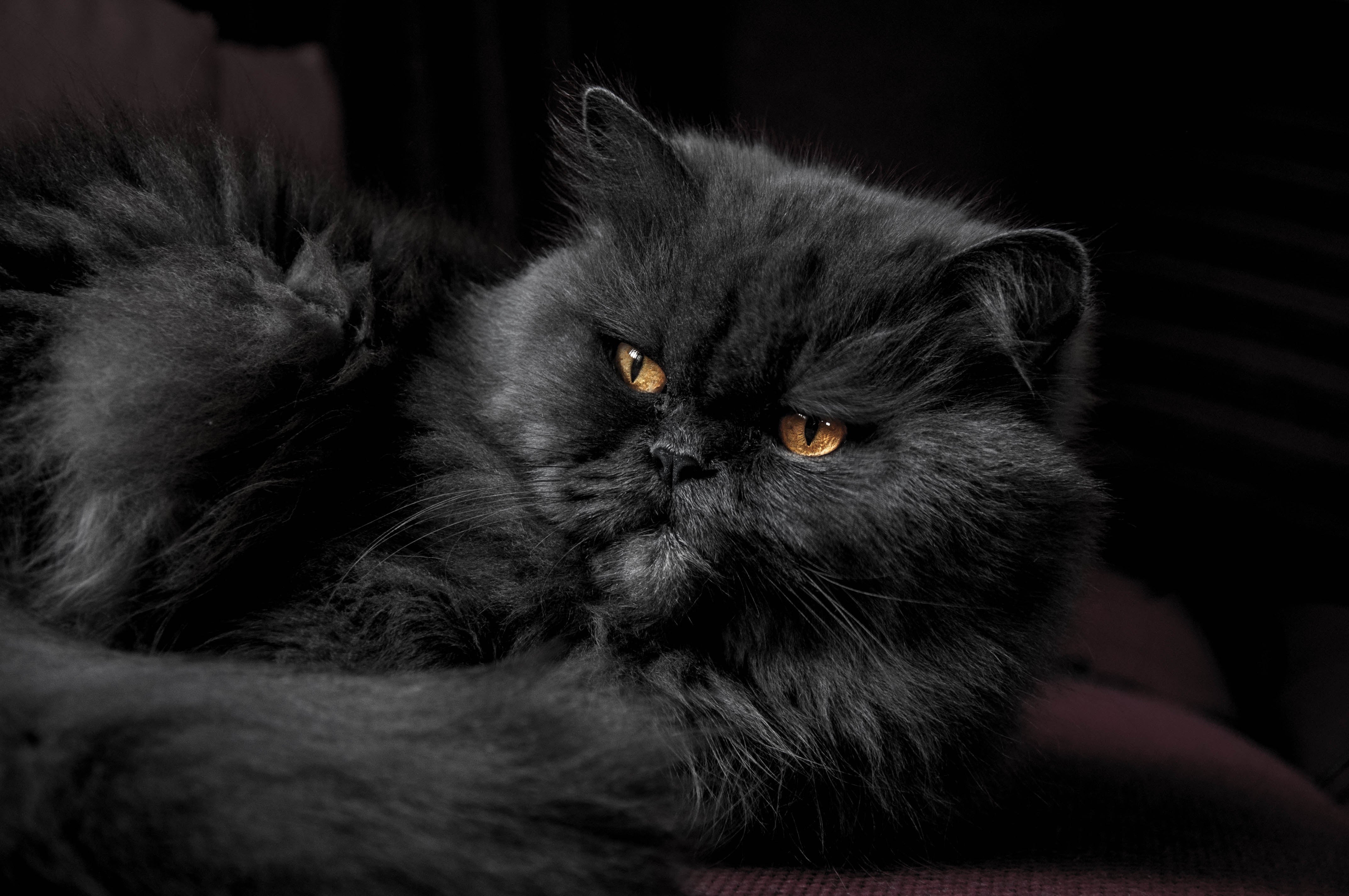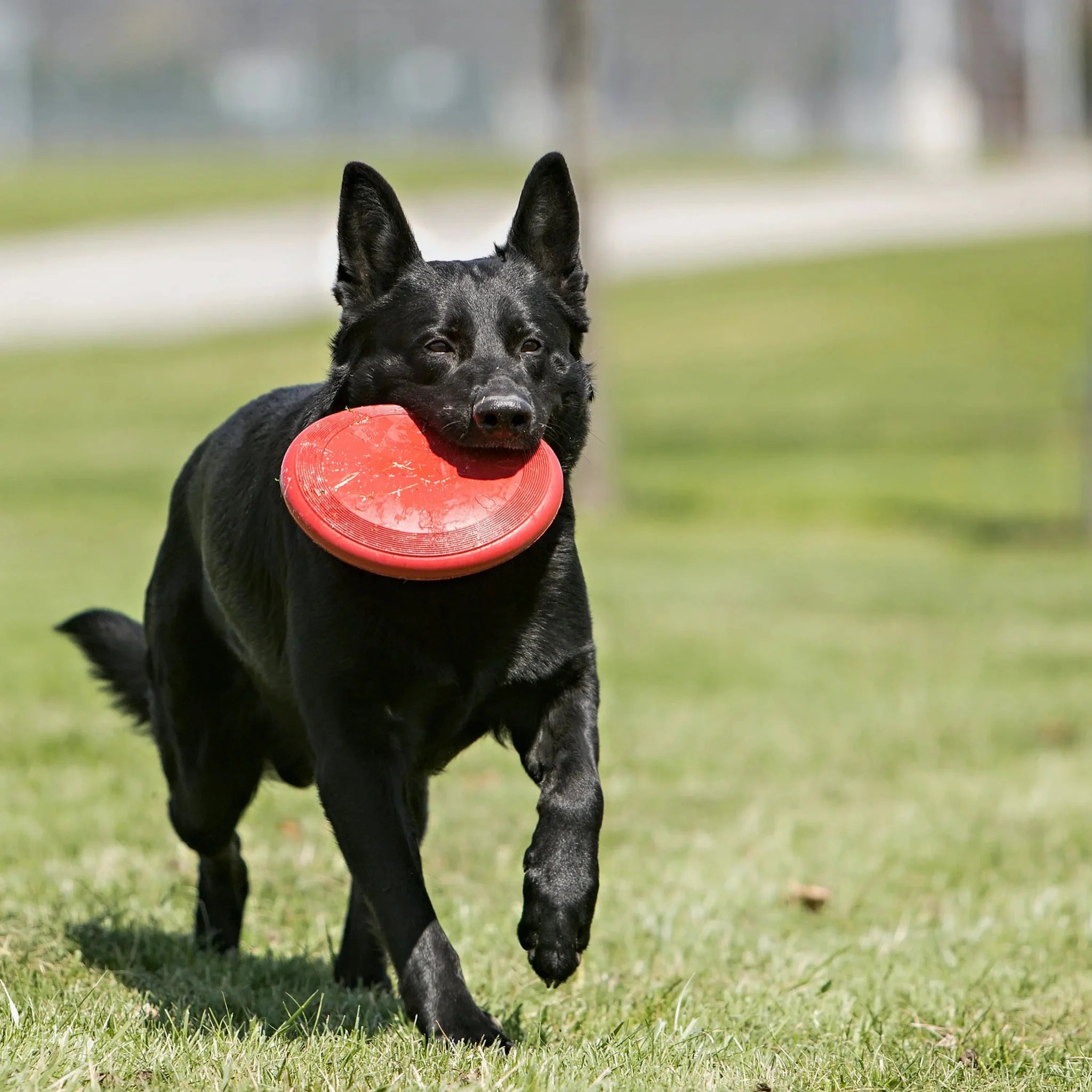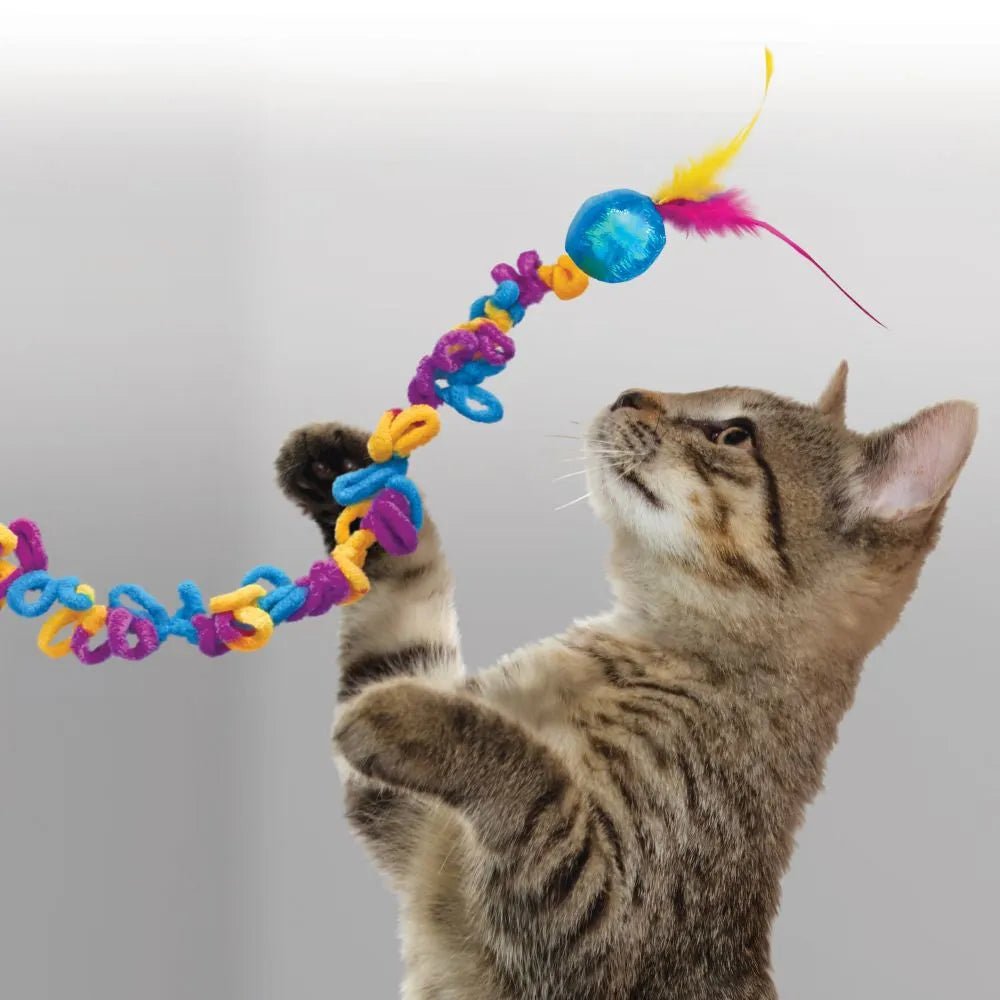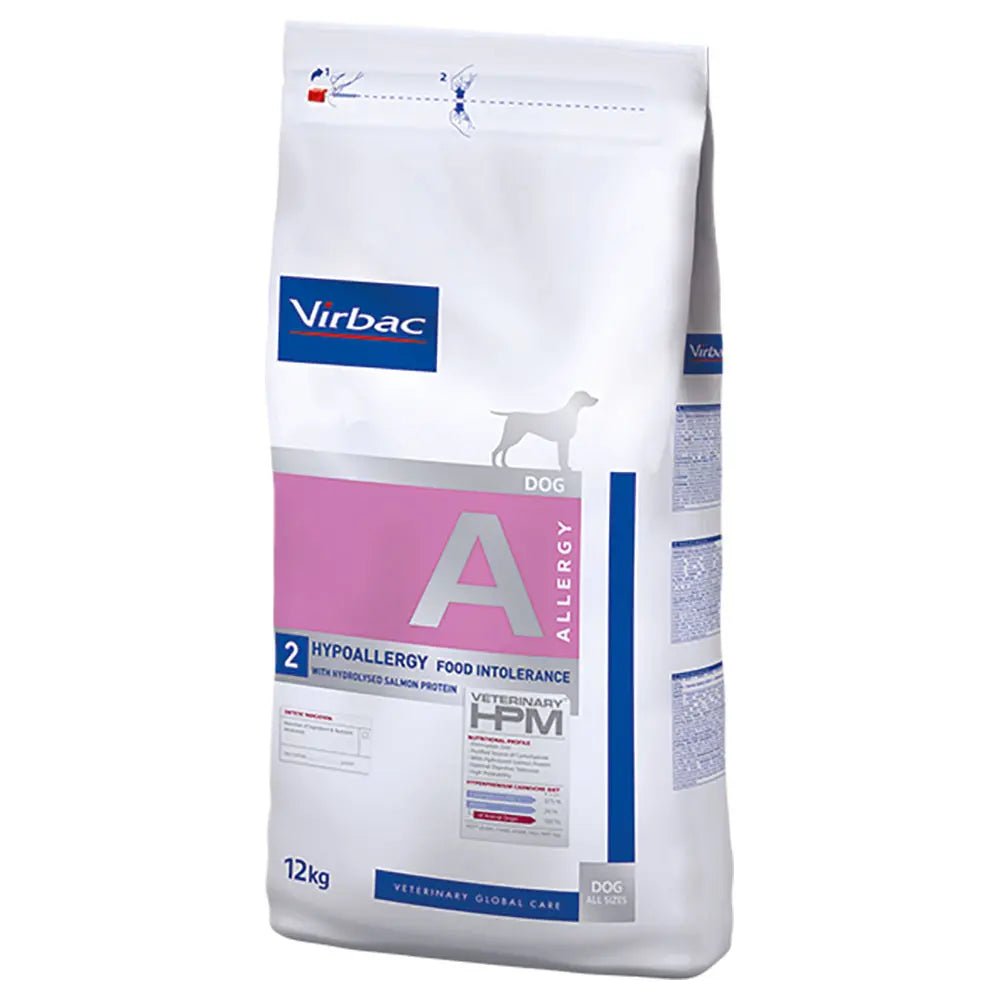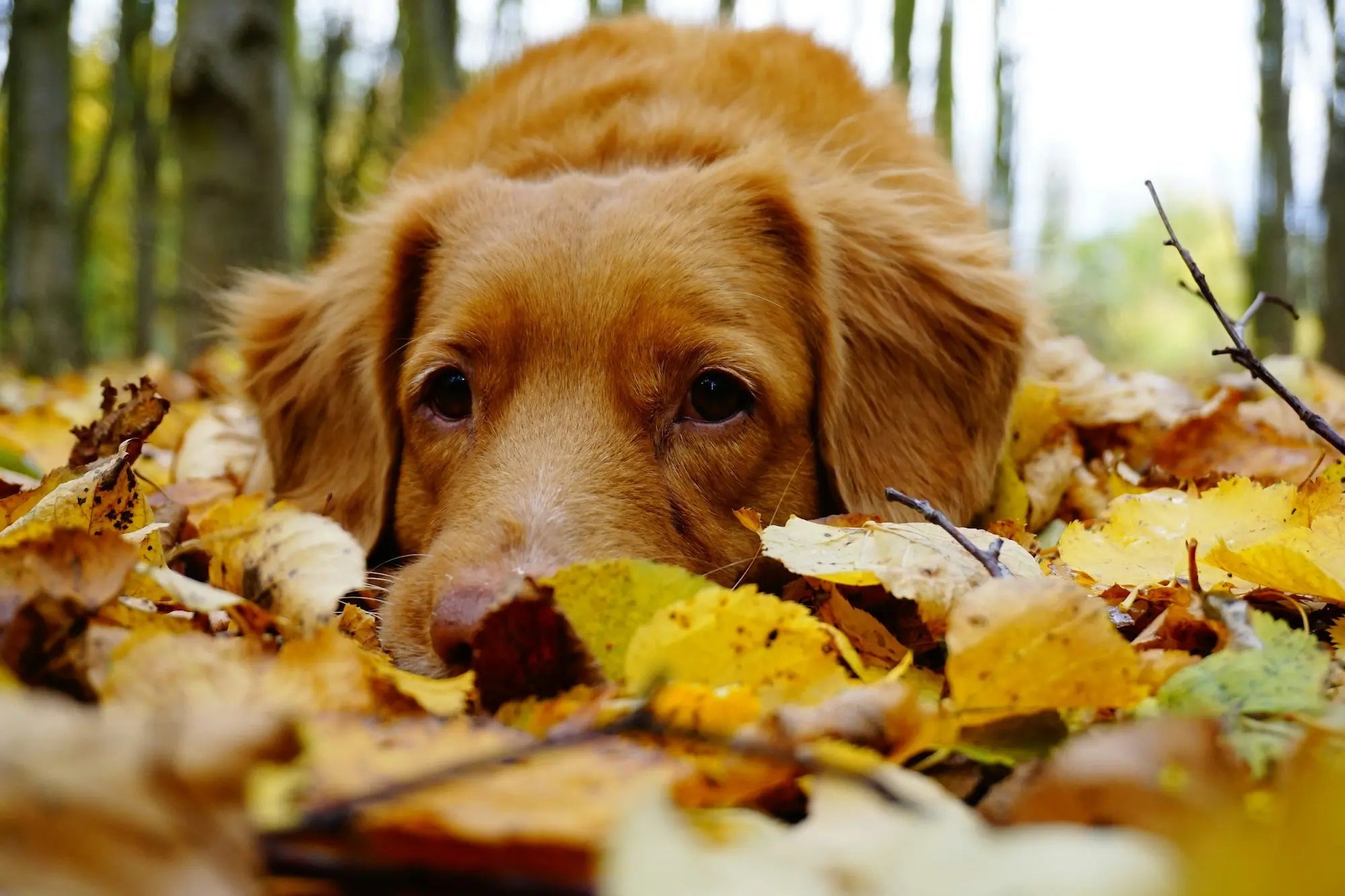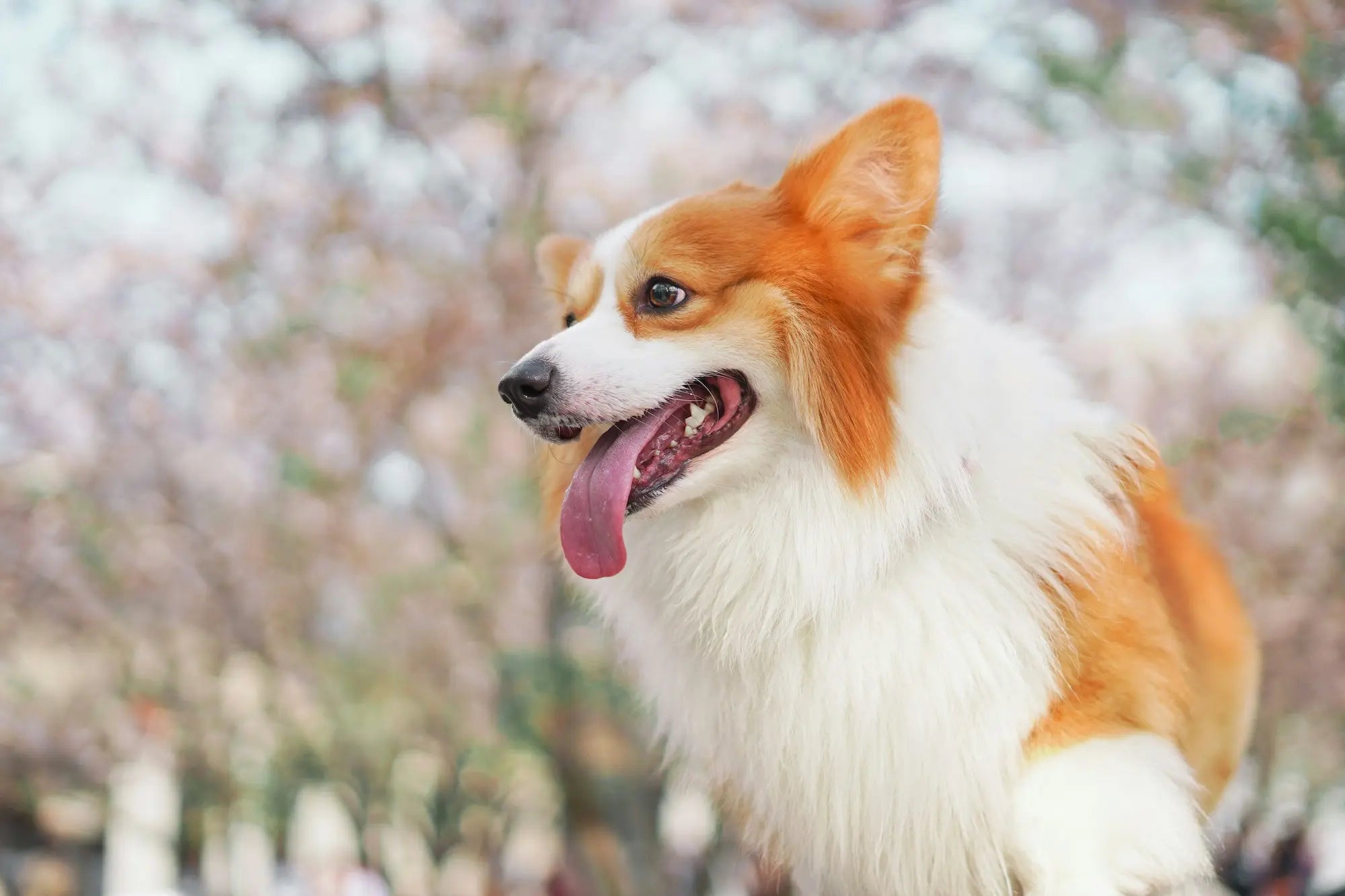Persians are sweet, kind and cuddly purebred cats that love to take life easy. Are you wondering if a Persian cat is the right breed for you? Read more about its personality characteristics, attention needs and health, as well as what you should think about in everyday life if you get a Persian.
race facts

Child-friendly

Attention needs

Energy level

Talkativeness

Fur care

shedding
Facts about the breed
The Persian has a long history and is actually one of the world's oldest cat breeds . It gets its name from Persia, (now better known as Iran), when Persian cats were exported from there to Europe. Its exact origins are somewhat unclear, but varieties resembling the Persian have been discovered in archaeological finds in both Asia and Egypt. The flat nose is the result of selective breeding, and there are two different types of nose. The "ultra-type" variety has an even flatter nose than the "doll-face" Persian.
What can you expect as a Persian cat owner?
Personality
Personality
If you meet a Persian, you will discover its calm nature and gentle personality. They are playful on their own terms and feel most at home in the peaceful surroundings indoors. The thick coat makes the cat tolerate our outdoor climate well, but if it should come across some territorial neighbor cats, the familiar Persian will be an easy match. As a family cat, Persians get along well with calm children who engage in brushing their fur, rather than energetic play. Therefore, this breed of cat is best suited to families that can accommodate its need for calm and respect.
Energy and attention needs
Energy and attention needs
When it comes to the Persian cat's attention needs, it loves to be petted and brushed. However, it does not demand attention, as it relaxes nicely on its own in bed or on the sofa. This cuddly cat also does not require hours of activity every day, but you should still set aside time for your Persian cat and provide it with stimulation in the form ofcat toys and scratching furniture. If the Persian becomes overweight, it will worsen the breathing problems it is already predisposed to.
Health
Health
Size and appearance
The Persian is a medium-sized cat with a furry body. It has a distinctive, broad face with a flat nose. The coat comes in many color variations and patterns with basic colors such as white, black, red and orange. The Persian is not very talkative, but rather communicates with its large, expressive eyes.
Weight
The male Persian weighs around 4 - 6.5 kg, but the female Persian is somewhat lighter at 3 - 4.5 kg.
Lifespan
12 - 15 years
Hereditary diseases
Hereditary diseases in Persians include polycystic kidney disease , progressive retinal atrophy , hypertrophic cardiomyopathy and hip dysplasia . The cute face doesn't come without problems either. Brachycephalic cat breeds, i.e. cat breeds with flat skulls, can have watery eyes and breathing problems. The combination of breathing challenges and a low threshold for stressful environments has meant that many airlines do not want to transport this breed of cat. In the summer, it is also important to pay attention to the temperature, as it becomes even more difficult for the Persian to breathe when it is hot.
Fur care
Fur care
It is no secret that a Persian comes with a lot of grooming. You have to get used to the fact that both clothes and furniture have traces of cat fur, no matter how much you brush it. With a beautiful coat, a lot ofcat grooming is required in the form of daily brushing, preferably with a steel comb. This is to remove loose hair and avoid painful tangles and fur knots.
Because of its long-haired fur from muzzle to tail tip, feces and cat litter can easily get stuck on the cat's bottom. It is important to be extra helpful in keeping the area clean. Train your Persian from a kitten to tolerate brushing on the paws and between the toes. Many people also choose to bathe and blow dry their Persian when the fur feels greasy, or if they are going to be used in a show.
Food and nutrition
Food and nutrition
When choosing cat food for a Persian, you should choose a type of food that is adapted to the cat's health, age and lifestyle. This is not one of the most active cats, so it is extra important to monitor its diet. As with all cats, the Persian cat should always have access to clean, fresh water. It may also be a good idea to plant some cat grass indoors, or choose a type of food that helps prevent hairballs from forming in the stomach.
If you want to become the owner of a Persian cat, you should make sure to find a reputable breeder. How much a kitten costs will vary, but you can expect a price of between 12,000 - 16,000 NOK for a Persian kitten.
Having purebred cats as pets has become very popular, but unfortunately this has resulted in many unscrupulous breeders who engage in unethical breeding for profit. Therefore, it is important for you as a buyer to get information about how the cat was bred so that you do not contribute to cats with hereditary and serious diseases being born. If a purebred cat is sold without a pedigree, you will never know whether the kitten has been stolen, or whether illegal trade has taken place.
A serious breeder in a federation must follow strict requirements for animal welfare and health. Good breeders will also demand something from you to ensure that the cat has a good life. Remember to check if the breeder is registered through the Norwegian Cat Breeders' Association (NRR) / FIFe / TICA and that the pedigree, health certificate (and possibly the purchase contract and vaccination card/veterinary passport) are included.


